The Wilkens and Essex precincts of Baltimore County are receiving solutions-based ideas for renovating or reconstructing their police stations.
Wilkens Precinct
The Wilkens Precinct, one of Baltimore County’s 10 police precincts, had one question: Could it continue to operate in its building while demolition takes place and a new station is constructed on the site?
Baltimore County turned to Murphy & Dittenhafer Architects for the answer.
Shortly afterward, the Essex Police Precinct, also in Baltimore County, asked for a similar feasibility study. With 20 to 30 staffers of the precinct’s 161 personnel forced to work off-site because of space limitations, Essex was in dire need of more room.
The precincts’ buildings are from the 1960s and ’70s with annexes from the early 2000s. As those facilities are out of space and holding cells have become outdated, the County knew both precincts needed an intervention.
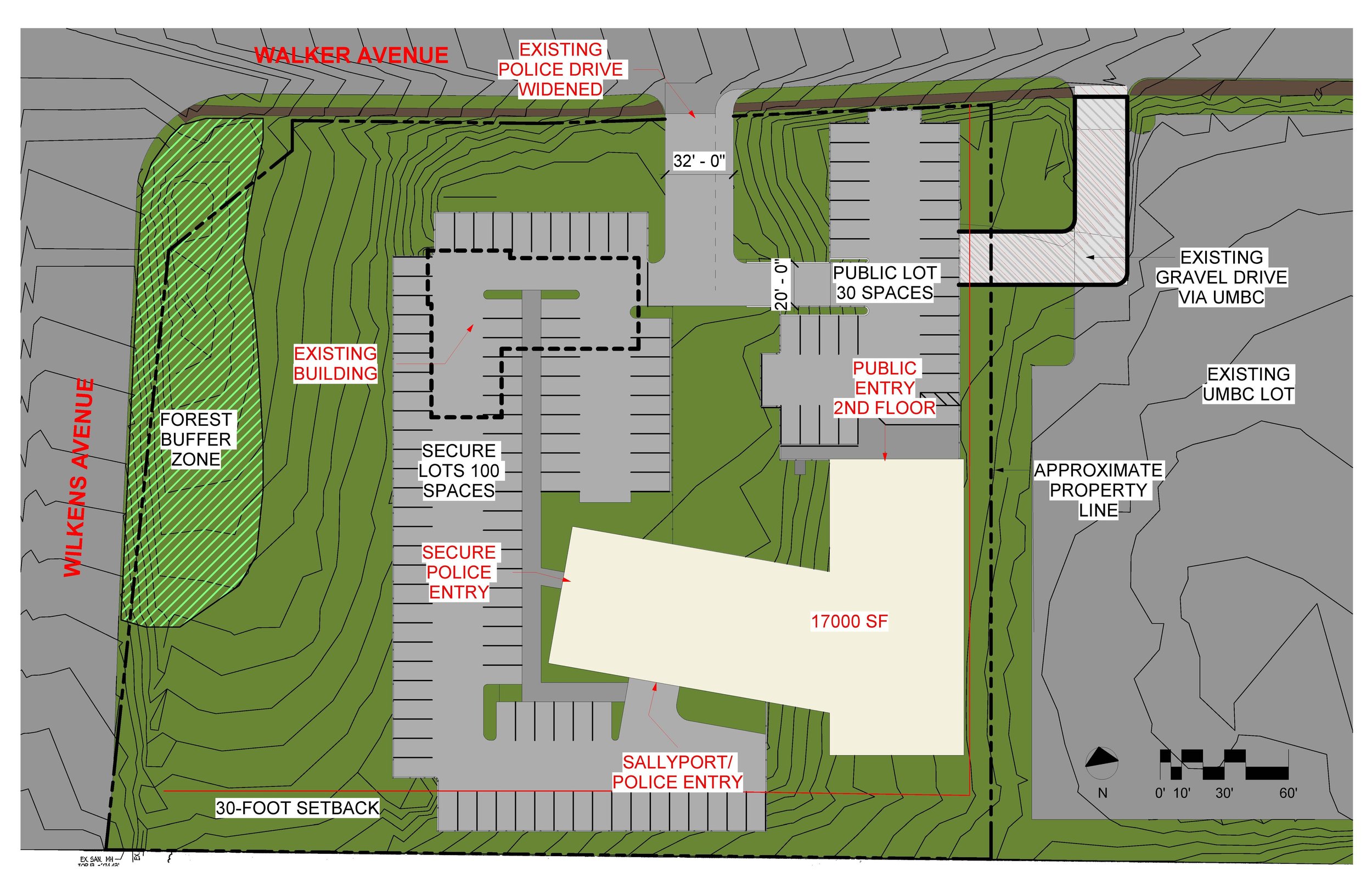
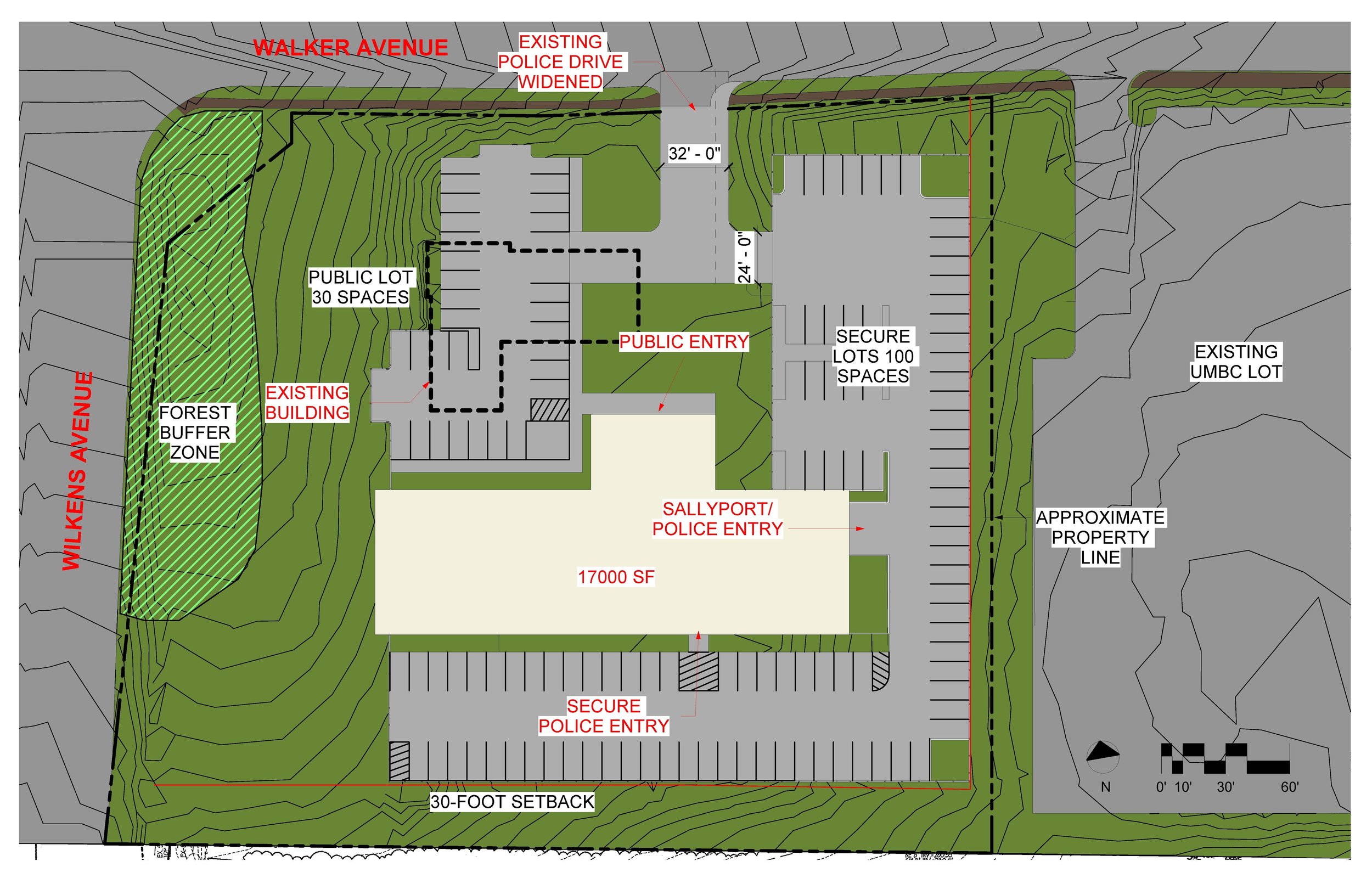

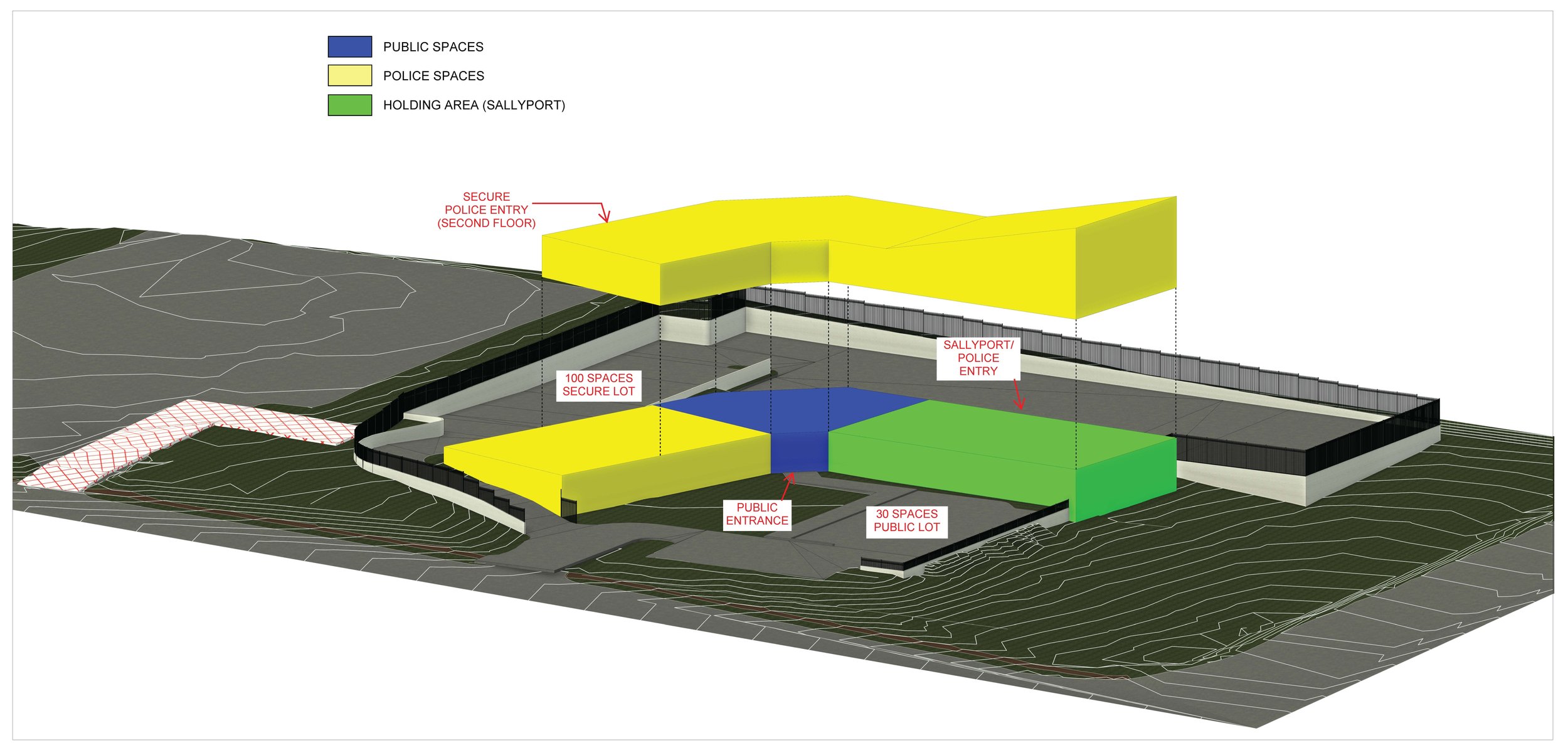
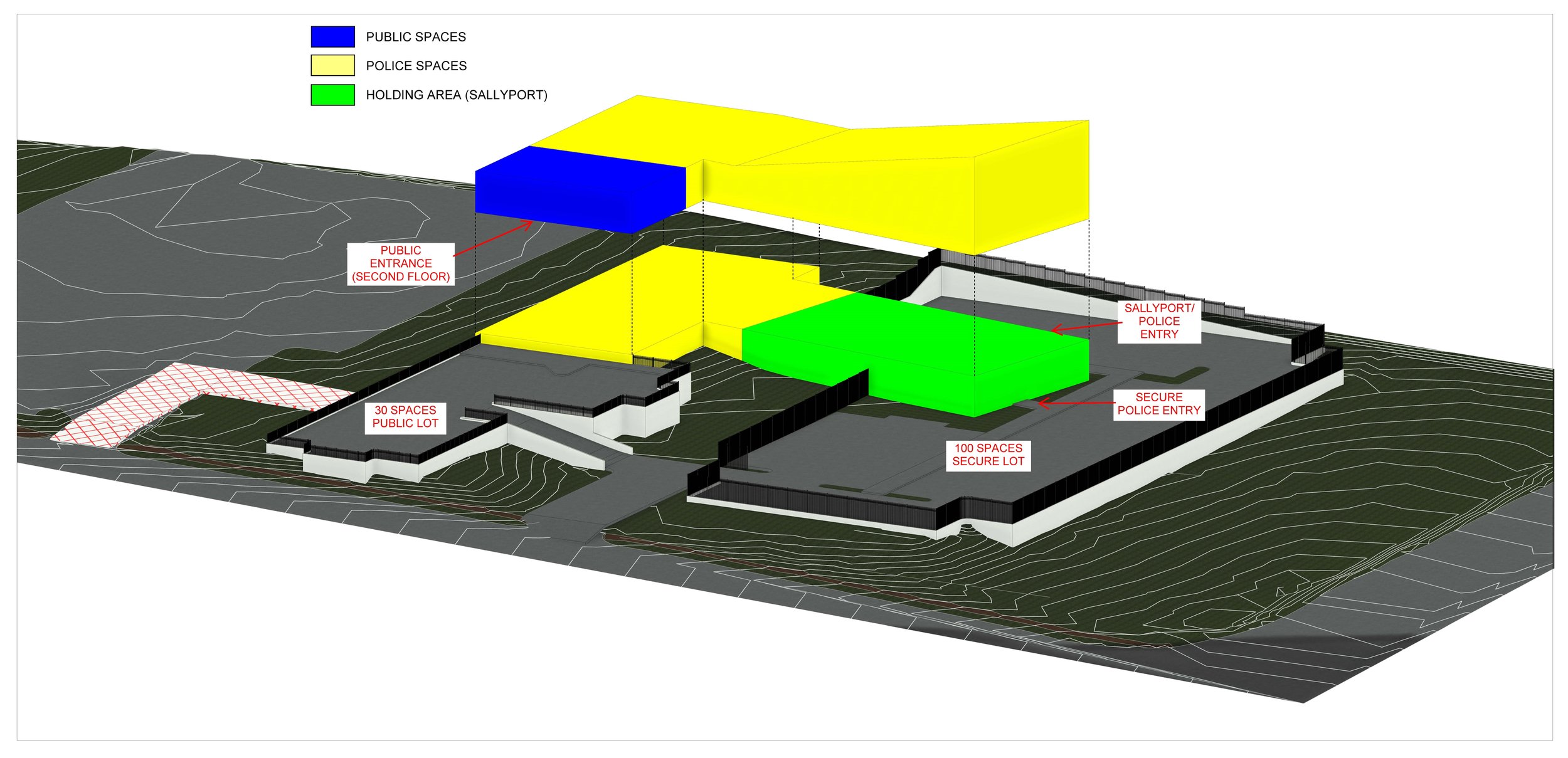
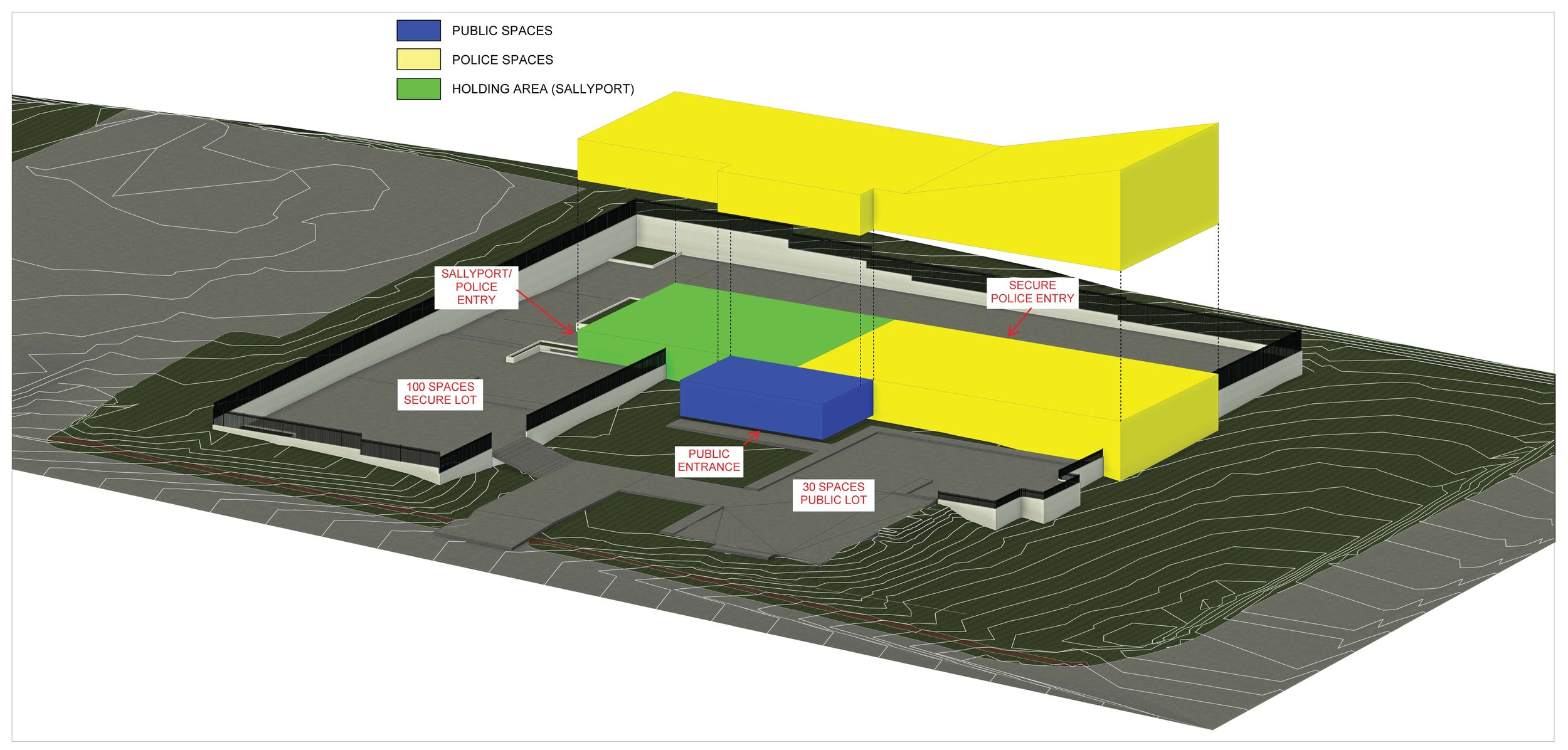
Wilkens Precinct — Various Site Plan and 3D View options
The Wilkens Precinct
Architect Rebecca McCormick oversaw feasibility studies for both precincts. The Wilkens study was slightly less complex - and, in the end, the team determined that employees and officers could continue working out of their building during phased demolition and construction.
The process would not be without challenges, though.
“There were a lot of meetings and emails with the police captain and officers to determine required spaces and flow of work, and just understanding how they work,” says McCormick. “It’s sort of what we do for a lot of our projects, understanding their particular workflow and base needs.”
Like us on Facebook!
The existing precinct building is on a small, hilly site, which would require extensive land development work. The precinct needs a larger parking lot with a secure area for police vehicles. M&D worked closely with civil engineers to locate utility lines and determine how to fit 100 parking spots on steep slopes. An existing fueling station would need to be removed and a new one erected.
The layout of the proposed building presents many other challenges. The precinct requested that the building be two stories with 32,000 square feet to accommodate officers, administrators, secure holding cells, and programming. Besides an area to temporarily hold prisoners, the building would need a space where members of the public can speak with an officer.
“There’s a particular flow for how they bring in prisoners, how they process evidence, and how they separate that from the public pieces of the building,” McCormick says.
Since finishing the feasibility study, McCormick has submitted a proposal for M&D to complete the full design. Once approved, the design process is expected to take a year. Construction could begin in late summer 2024 or beyond.
Essex Precinct
The Essex Precinct
For the Essex Precinct, which houses 161 officers and administrators, M&D went into more depth, investigating how to fit the precinct into a one-story building. The precinct sits on a more forgiving lot that is not as steep as Wilkens, although area to expand is tight.
After extensive research, M&D determined that the best course of action is to demolish the annex while renovating the existing building. A 26,000-square-foot addition would be erected while the current building remains in operation throughout the phased process.
Staff would move into the completed addition while the 8,000-square-foot main building is renovated. In the final phase, the new and renovated buildings would be connected. The two buildings would include room to grow, with new conference and office space, holding cells, and a secure entrance to bring in prisoners.
“It’s kind of like putting together a puzzle,” says McCormick.
Essex Precinct - Conceptual Floor Plan
A history of public design
M&D was chosen for the work at both precincts under its on-call contract arrangement with Baltimore County and because of its experience in designing public projects – including Police Stations and Law Enforcement facilities.
The proposed projects go beyond increasing space and security for officers. They are intended to create a positive presence in residential neighborhoods while improving function and accessibility for the public and enhancing the relationship between police and the community.
M&D has worked on other municipal and police projects, including feasibility studies and programming for municipal buildings, the police station in Centerville, Maryland, and the police headquarters in Spring Garden Township, York County are two recent examples.
With its experience and expertise, M&D is well-positioned to help Baltimore County create modern and efficient police precincts that meet the needs of officers and the communities they serve.
“These projects are bringing these two precincts into current times and into the future,” McCormick says. “We’re not just designing for now; we’re designing for growth in the future.”











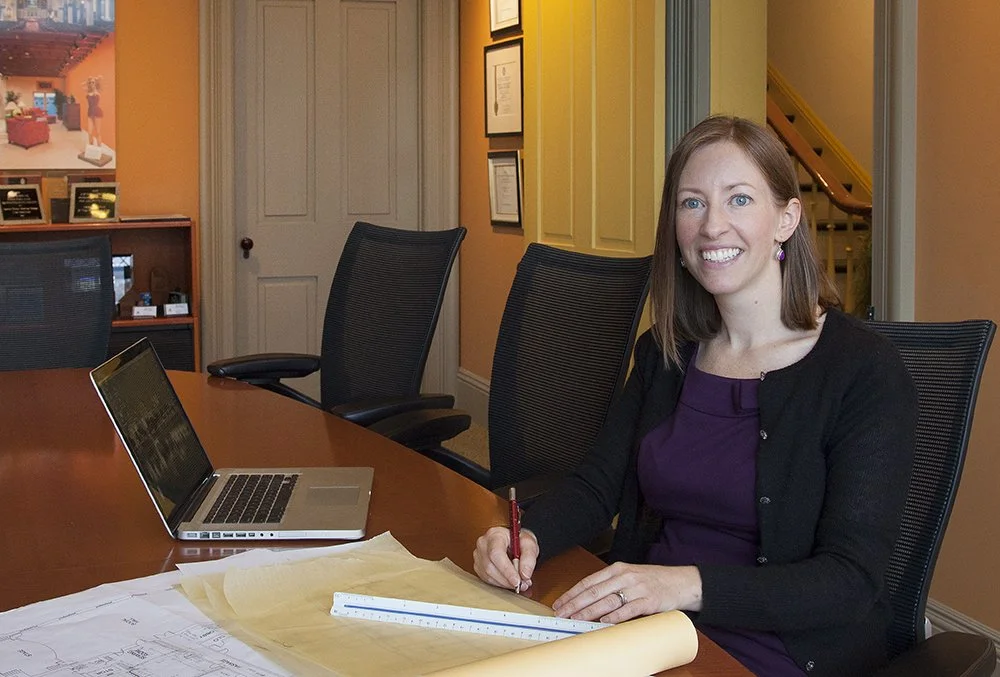


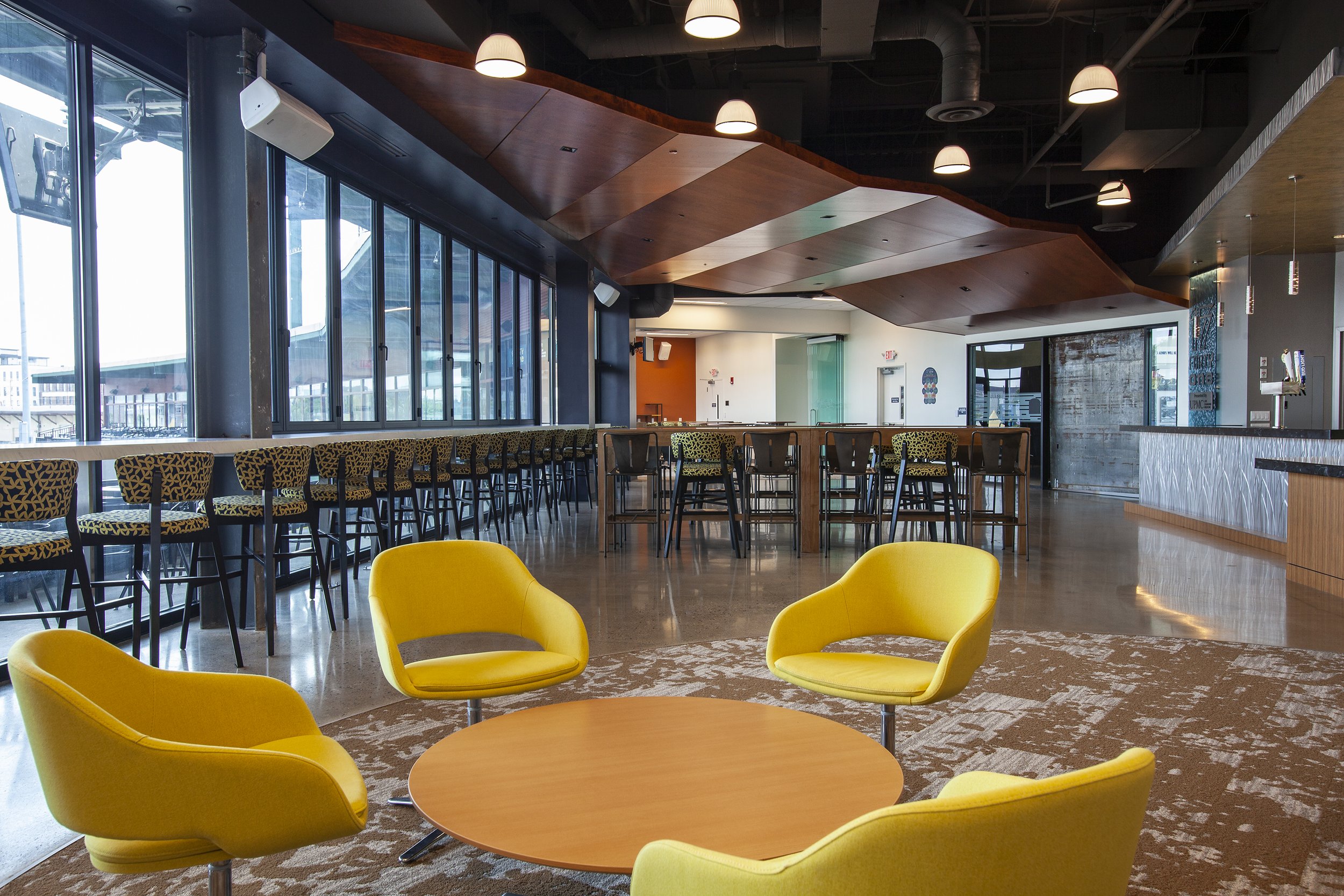




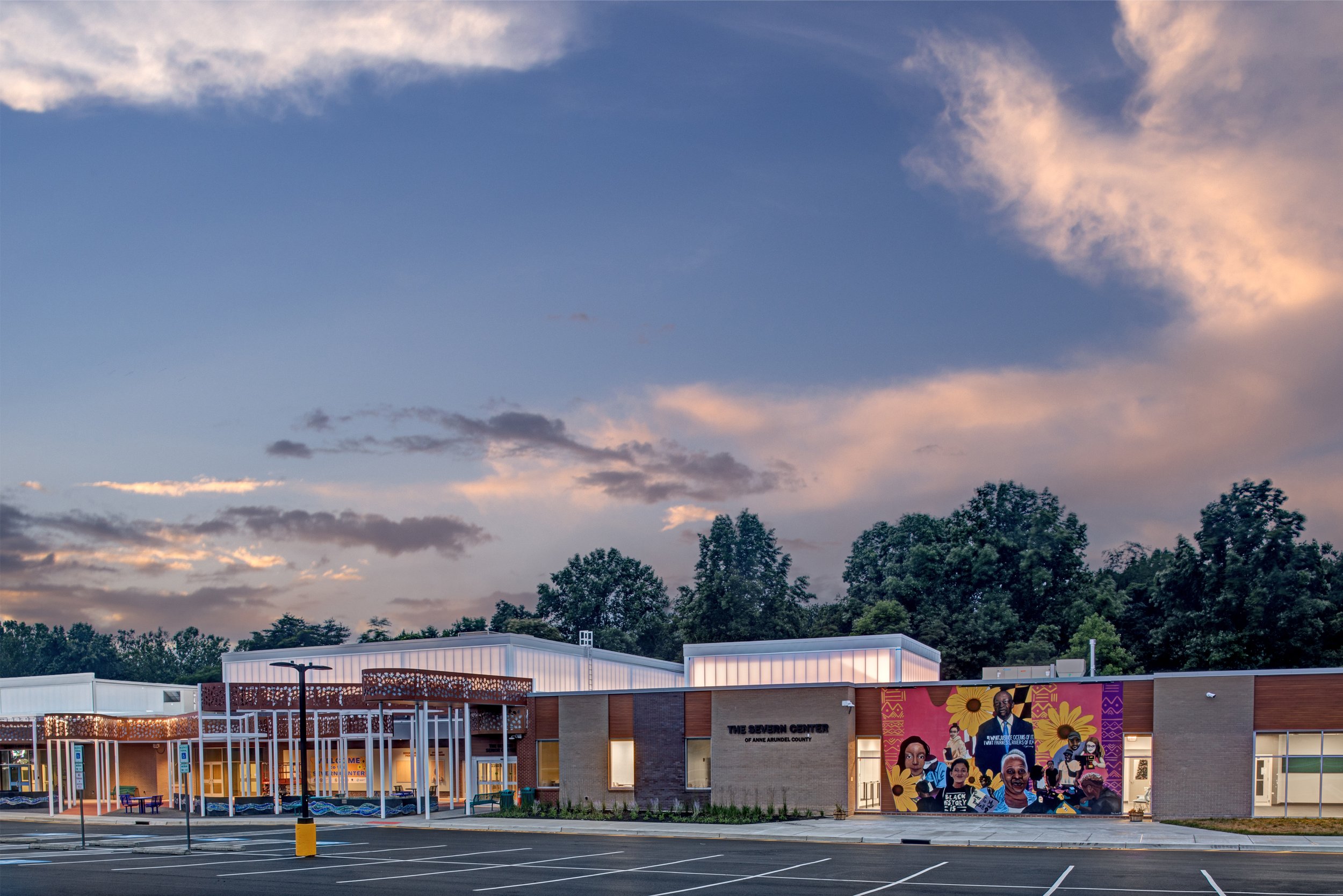


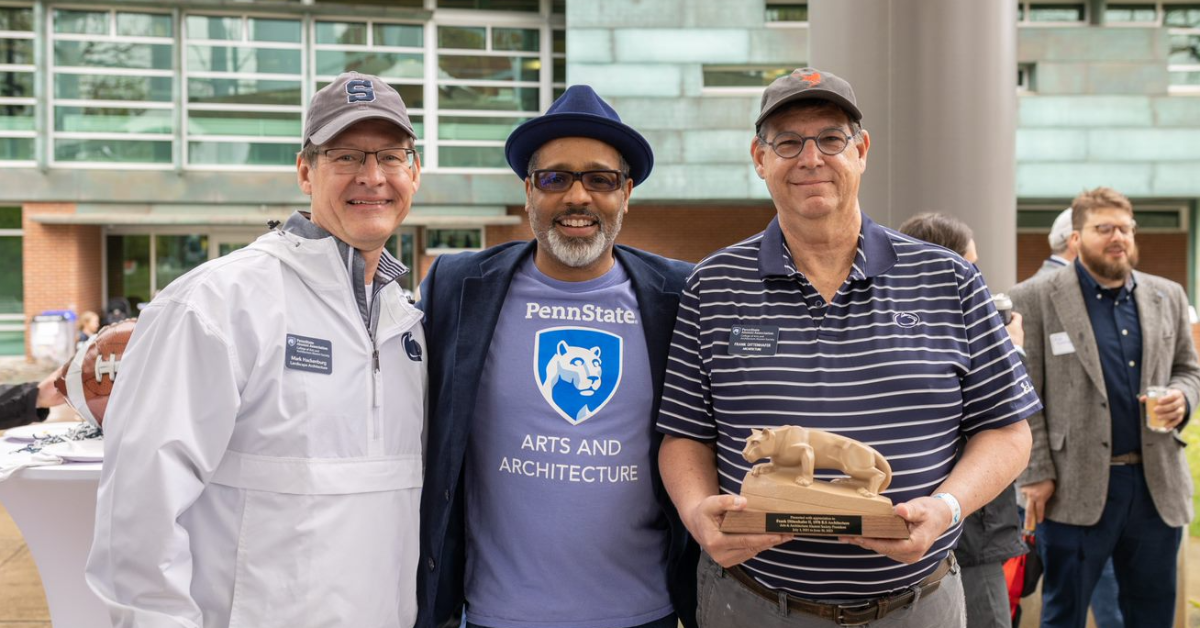
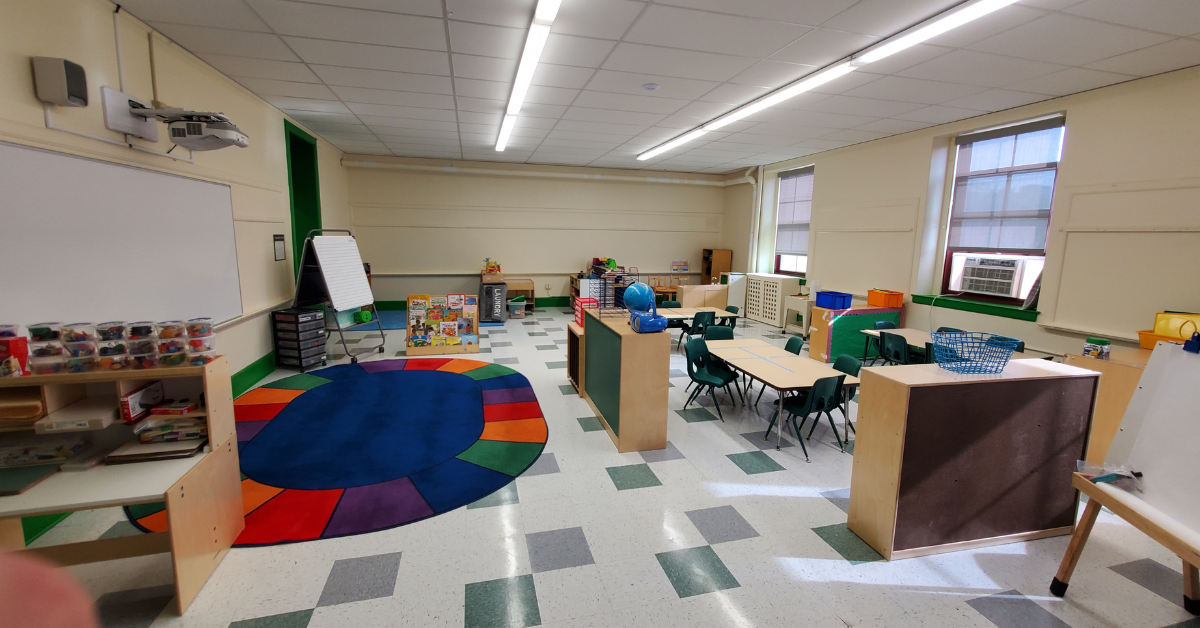
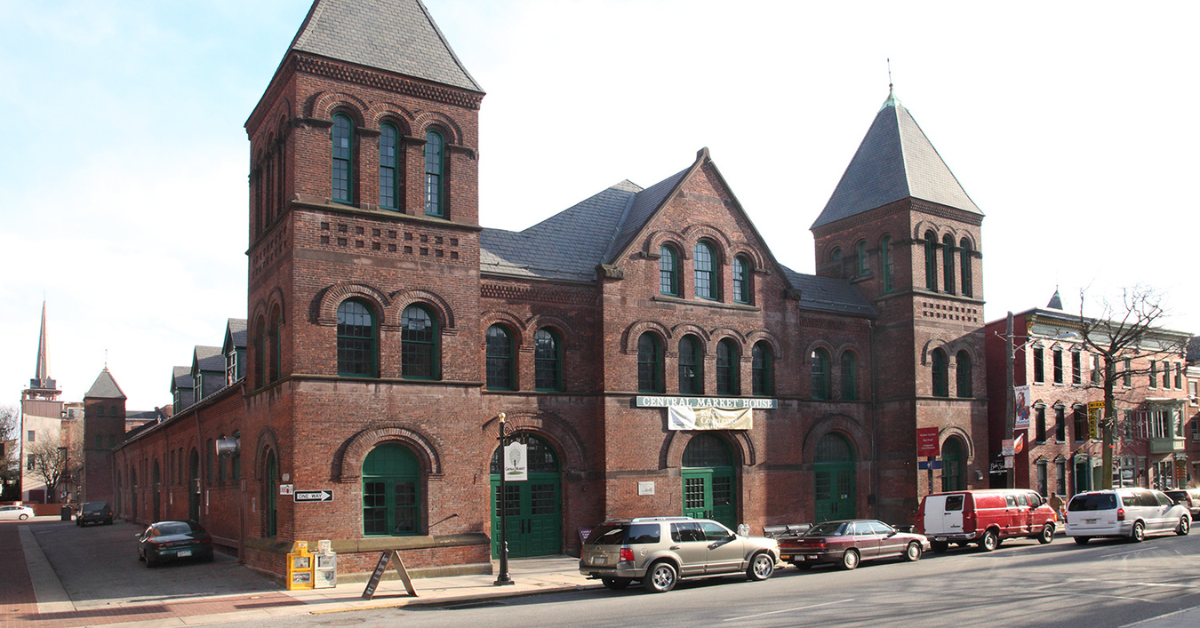








Harford Community College’s expanded new construction Chesapeake Welcome Center is a lesson in Architectural identity